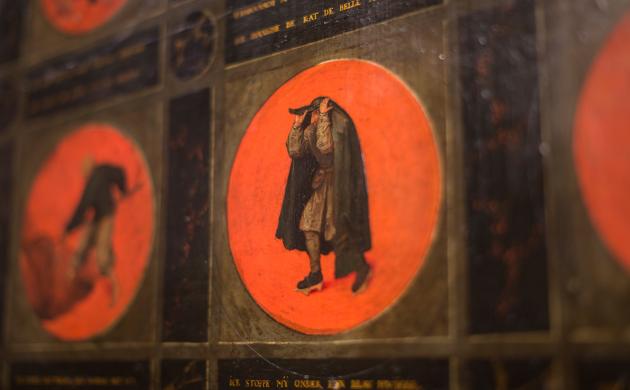Popular painter
The work of Pieter Bruegel the Elder was very popular during his lifetime. That popularity continued after his death (1569), until well into the 1600s. There was even an outburst of Bruegelmania in around 1600. At that time, however, Bruegel’s paintings were held by private collectors, including the Habsburg Emperor himself. Hardly anyone could see them: in economic terms, there was high demand and almost no supply. Unsurprisingly, large numbers of copies, imitations and forgeries appeared.
The copying son
A small number of works by Bruegel were especially popular. His elder son, Pieter Bruegel the Younger, set to work. In his studio, he profusely copied and imitated his father’s works, sometimes in dozens of examples. He also made changes to them. It is highly likely that Pieter sometimes made use of very precise drawings (with colour indications) done by his father. His grandmother had ensured that these precious materials were kept in the family. In his copying work, he also made use of prints which circulated freely.
Not rich
Strangely enough, Pieter Bruegel the Younger appears not to have been very prosperous, despite the success he had with his father’s work. He worked mainly for the local market and for less wealthy households. His copies were often inexpensive, partly because the quality was not always good: he and his studio workers seem to have produced some copies rather carelessly, although others were done to a higher standard.



